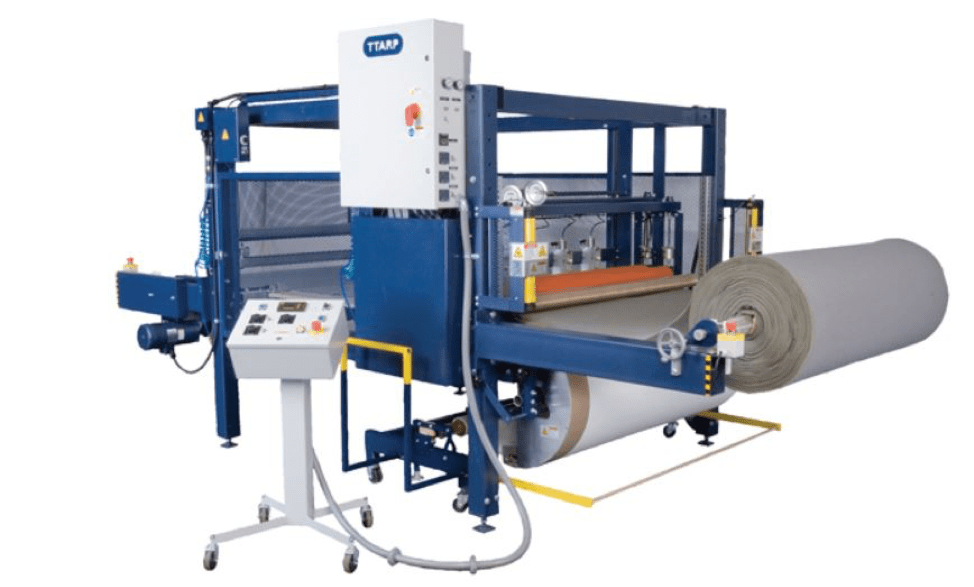Unique materials can be created through the use of lamination techniques and equipment. Properties such as fire resistance, sound and vibration damping, improved tensile strength, adhesion, and cushioning can be tailored to meet the needs of your particular application. Understanding adhesive laminations is a core competency at Tom Brown, Inc. to help you achieve the results you want.
The Lamination Process
Our 64” laminator uses pressure and heat to achieve permanent bonds between dissimilar materials. The basic process involves loading rolls of foams, films, foils, or adhesive coated materials onto the unwind sections of the machine and feeding them through the large rollers that will use pressure and possibly temperature to join them together. The new composite is wound up at the end of the laminator and can be further processed by additional slitting steps to achieve the exact dimensions requested or by various die cutting techniques to achieve precise geometries.
Adhesive Laminations Materials
Foams are the most commonly laminated materials and are typically combined with various adhesive coated products that will be selected based on end use requirements. Foams and rubber products such as polyurethanes, polyethylenes, neoprene, EPDM, SBR, and silicones are popular.
They are often laminated with various rubber based, acrylic, and silicone adhesives or a combination of two systems. These may be unsupported transfer adhesives that have no carrier support and offer maximum flexibility for complex geometries or supported tapes with film, nonwoven, or tissue support to provide additional stability to the finished composite.
Foils and films may also be laminated to foams and rubber materials to add water vapor barrier properties, impact resistance, and EMI/RFI shielding capabilities.
Other properties that can be tailored for the end use application include;
- Chemical resistance
- Adhesion to specific surfaces
- Density
- Abrasion resistance
- Fire retardant capabilities
- Breathability/permeability
- Sound and vibration damping
- Insulating properties
- Compressibility
- Buoyancy
Putting it All Together
Each end use application is different. The best solutions will offer a combination of the properties you need in the right size and shape to meet your needs. Tom Brown, Inc. has the material knowledge and experience to help you design the best composite to meet your needs.
If you’d like to learn more, contact us today!

